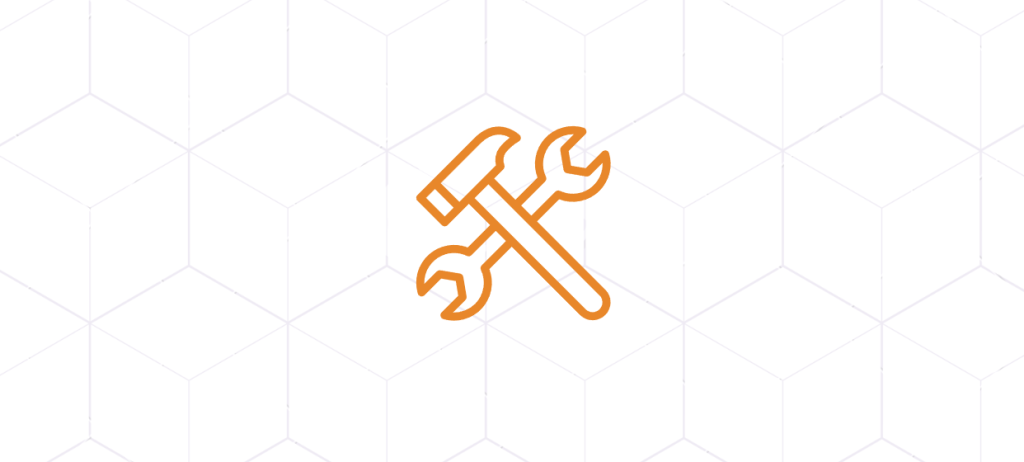
From Reactive to Predictive: The Rise of AI in Maintenance Strategies
In the high-pressure world of industrial operations, maintenance has historically been a cost center, an unavoidable expense to keep machines running. But thanks to artificial intelligence (AI), that paradigm is changing. Maintenance is transforming from a reactive afterthought into a proactive strategic advantage.
Predictive maintenance, powered by AI and sensors, is helping companies across manufacturing, logistics, energy, and transportation transition from “fix it when it breaks” to “fix it before it fails.” This shift doesn’t just improve uptime it delivers measurable ROI in the form of cost savings, extended equipment life, and higher operational efficiency.
Let’s explore how AI-driven maintenance strategies work, why they matter, and how forward-looking organizations are already seeing the benefits.
The Problem with Reactive Maintenance
Traditional maintenance strategies tend to fall into one of two camps:
1. Reactive Maintenance
This is the “run-to-failure” model: wait until equipment breaks, then fix it. It’s simple but expensive.
- Unplanned downtime can cost thousands per minute in lost productivity.
- Emergency repairs often require overtime labor, rush parts, and disruptions to operations.
- Collateral damage from failed components can harm other parts of the system.
2. Preventive Maintenance
This time-based strategy schedules maintenance at regular intervals, regardless of actual machine condition. While better than waiting for failure, it has major flaws:
- Over-maintenance wastes resources servicing machines that don’t need it.
- Under-maintenance risks unexpected failure if degradation happens faster than anticipated.
- Static schedules ignore real-world factors like usage intensity, environmental conditions, or wear rates.
In short, both reactive and preventive maintenance are inefficient in today’s fast-moving, cost-sensitive industries.
Predictive Maintenance: What It Really Means
Predictive maintenance (PdM) is the use of data, sensors, and machine learning algorithms to predict when a machine is likely to fail so maintenance can be scheduled exactly when needed.
Rather than relying on fixed schedules or historical averages, PdM uses real-time and historical data to detect early warning signs of failure. These include subtle shifts in vibration, temperature, energy consumption, acoustic emissions, and other variables that the human eye or ear can’t detect.
Key Benefits:
- Minimized downtime by addressing issues before they cause breakdowns
- Reduced maintenance costs by avoiding unnecessary work
- Optimized spare parts inventory through better forecasting
- Increased equipment lifespan by preventing stress-related degradation
Improved safety and compliance through proactive monitoring
How AI Supercharges Predictive Maintenance
The real leap forward isn’t just collecting sensor data, it’s how AI and machine learning (ML) make that data actionable. AI can detect patterns in massive datasets that humans can’t, allowing for far more accurate and timely predictions.
Here’s how it works:
1. Sensor Data Collection
Modern industrial equipment is outfitted with IoT sensors that capture:
- Vibration data for mechanical stress and imbalance
- Temperature readings for overheating or friction
- Pressure levels in hydraulic and pneumatic systems
- Energy consumption anomalies
- Acoustic signals indicating friction or wear
- Operational logs such as load cycles or runtime hours
These sensors stream data in real time, creating a rich pool of telemetry data for analysis.
2. Data Normalization and Cleaning
Raw sensor data is noisy. AI-powered systems first clean and normalize the data to ensure consistency across different equipment, shifts, and environmental conditions. This is essential for accurate model training.
3. Failure Pattern Modeling
Historical maintenance logs and failure data are analyzed to identify precursors to failure. Machine learning models (like Random Forests, SVMs, or LSTMs) are trained to detect early warning signs, such as:
- A rising vibration trend beyond acceptable thresholds
- Correlation between overheating and reduced efficiency
- Infrequent spikes in motor torque before a breakdown
4. Predictive Algorithms
Models use time-series forecasting, anomaly detection, and classification techniques to estimate:
- Remaining Useful Life (RUL)
- Probability of failure within a time window
- Urgency and severity of anomalies
With reinforcement learning, the system continues to improve by comparing its predictions with actual outcomes, learning from both correct and incorrect forecasts.
5. Prescriptive Maintenance Scheduling
Finally, AI turns insights into action by recommending:
- Optimal maintenance time windows (to avoid peak production)
- Which components need servicing and why
- Parts and tools needed to perform the fix efficiently
Integration with existing CMMS (Computerized Maintenance Management Systems) ensures smooth task assignment, scheduling, and reporting.
Real-World ROI: What the Numbers Say
Predictive maintenance isn’t just a technical upgrade, it’s a bottom-line business improvement. Companies deploying AI-driven PdM report measurable ROI within months.
📉 40–60% Reduction in Unplanned Downtime
Detecting failure before it happens enables timely interventions, preventing production halts and missed deadlines.
💰 10–20% Savings in Maintenance Costs
Avoiding over-maintenance and streamlining technician workflows saves time, money, and spare parts.
⚙️ 20–30% Increase in Asset Lifespan
Timely fixes and optimized usage patterns reduce wear-and-tear, extending the life of expensive capital assets.
⏱️ 30–50% Increase in Technician Productivity
With AI prioritizing tasks and predicting failure points, maintenance teams focus on what matters instead of working through generic checklists.
📦 20% Reduction in Spare Parts Inventory
Better forecasting means fewer “just in case” parts clogging up warehouse space.
A Practical Example: AI + Sensors in Heavy Equipment Maintenance
Consider a manufacturing firm with dozens of CNC machines, conveyor belts, and hydraulic presses. Despite regular maintenance, costly breakdowns were common especially during peak production.
Solution:
They implemented a predictive maintenance system using:
- IoT sensors on motors, bearings, and fluid systems
- A central data platform for real-time telemetry
- AI models trained on 2 years of breakdown data
Outcome:
- Average machine uptime rose from 89% to 96%
- Emergency maintenance calls dropped by 50%
- The first-year savings exceeded $1.2 million
AI didn’t just help predict failure, it changed how maintenance teams operated. Shifts were planned around intelligent maintenance windows. Spare parts were ordered based on real risk. Root causes were identified faster. Maintenance became strategic.
Challenges to Watch For
While the benefits are compelling, implementing predictive maintenance isn’t plug-and-play. Companies must overcome several hurdles:
1. Data Silos
Fragmented sensor data across different machines and departments can limit visibility. A centralized data lake or platform is key.
2. Model Training Needs
AI models need historical failure data to be accurate. For newer operations without this data, synthetic modeling or expert labeling may be required.
3. Change Management
Maintenance teams used to manual or preventive workflows need training to trust AI insights and adjust their routines.
4. Sensor Coverage
Not all legacy machines are sensor-enabled. Retrofitting may require up-front investment but it pays off long term.
Why AI Is the Future of Maintenance
The world of operations is shifting toward resilience, efficiency, and intelligence. In this environment, reactive maintenance is no longer sustainable.
AI-powered predictive maintenance offers:
- Business continuity: Avoiding costly downtime
- Sustainability: Extending machine life and reducing waste
- Operational visibility: Understanding root causes and patterns
- Strategic agility: Making faster, smarter decisions
And as reinforcement learning, edge AI, and digital twins continue to mature, the capabilities of predictive maintenance will expand even further toward autonomous maintenance systems that self-correct and optimize without human intervention.
Conclusion: From Cost Center to Competitive Edge
Maintenance doesn’t have to be reactive. It doesn’t have to be wasteful. With AI, maintenance becomes predictive, targeted, and ROI-driven.
This shift isn’t just about technology, it’s about mindset. Companies that embrace predictive maintenance see equipment not as liabilities, but as intelligent assets capable of telling us what they need, when they need it.
At DataPro, we help organizations build smart maintenance ecosystems using AI, machine learning, and IoT. From sensor strategy to algorithm design and real-time dashboards, we deliver full-stack predictive solutions tailored to your operations.
Ready to leave reactive behind? Let’s make your machines smarter.
- 12 Courtyard Pl,
Lexington, MA 02420 - (617)319-0174
- corp@dataprocorp.tech
